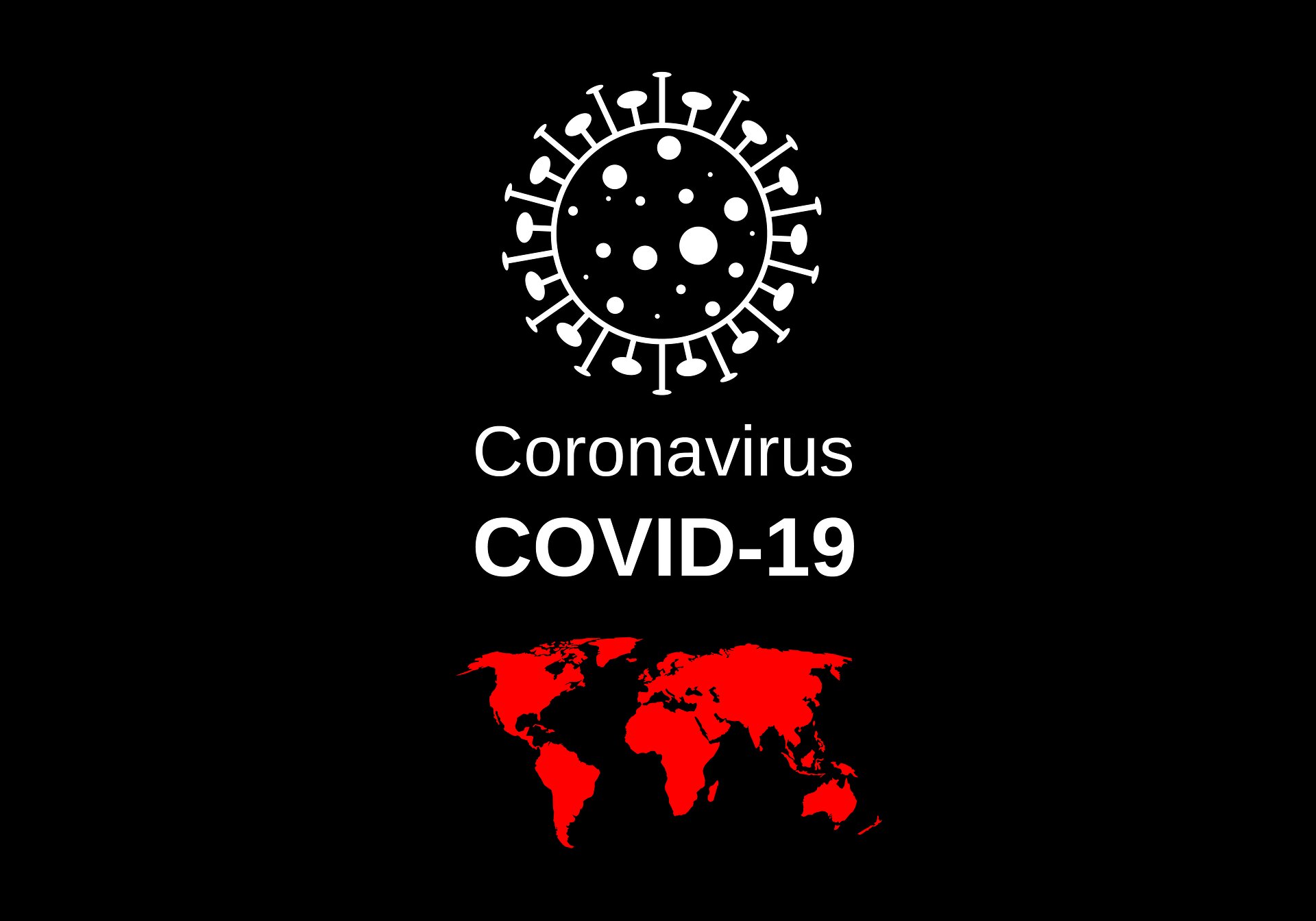- AI needs ‘global governance’, cannot be left to market, UN panel says
- Israeli military strikes Hezbollah as Nasrallah responds to wave of device blasts in Lebanon
- JetBlue to open airport lounges in New York and Boston in battle for big spenders
- From mortgages to auto loans, experts weigh in on when — or if — to refinance as interest rates fall
- August home sales drop more than expected, as prices set a new record
Who Won the U.S. Presidential Debate?

Enhanced ion diffusion kinetics achieved through interpenetrated structures in electrochemical energy storage devices
As global demand for electrochemical electrodes continues to rise, a new trend has emerged, emphasizing the need to maintain ion diffusion efficiency while accommodating ultra-high loadings of active materials to enhance capacity and energy density. In three-dimensional space, structured electrodes with high porosity and low tortuosity have proven effective in improving the performance of various electrochemical energy storage devices (EESDs).
However, increasing the thickness of 3D-printed electrodes inevitably lengthens the ion diffusion path and increases the concentration gradient between the two electrodes, leading to slower ion diffusion kinetics. Consequently, innovative electrode designs are urgently required to achieve large surface areas, low tortuosity, and short electrode spacing simultaneously, thereby enabling rapid ion diffusion at the device level.
To address this challenge, Yat Li and colleagues at the University of California, Santa Cruz, introduced a novel strategy to construct an interpenetrated electrode structure. This model system utilizes a Kelvin unit-body-centered cubic lattice, with each unit cell containing two independent sublattice electrodes. The research is published in the journal Nano-Micro Letters.
The activated substrate was then immersed in a mixed solution containing Ni²⁺ ions and the reducing agent NaH 2 PO 2 , forming a conductive Ni-P composite layer at the Pd sites. During the electroless and electroplating processes, portions of the electrode support structure were masked to allow for independent addressing of electrodes A and B.

- September 19, 2024
Unraveling the conservation conundrum of China's native Jacktree



- September 19, 2024
National Best Cocoa Farmers advocate for enhanced value addition


- September 19, 2024
If you build it, will they come? Wildlife corridors need smarter design


- September 19, 2024
Pathologists identify plague in blind Idaho deer

- September 19, 2024
3D technology aids London surgeon in separating conjoined twins

- September 19, 2024
Nabdam farmers lament drop in prices of vegetables

Subscribe to our mailing list to get the new updates!

Subscribe our newsletter to stay updated
Thank you for subscribing!



